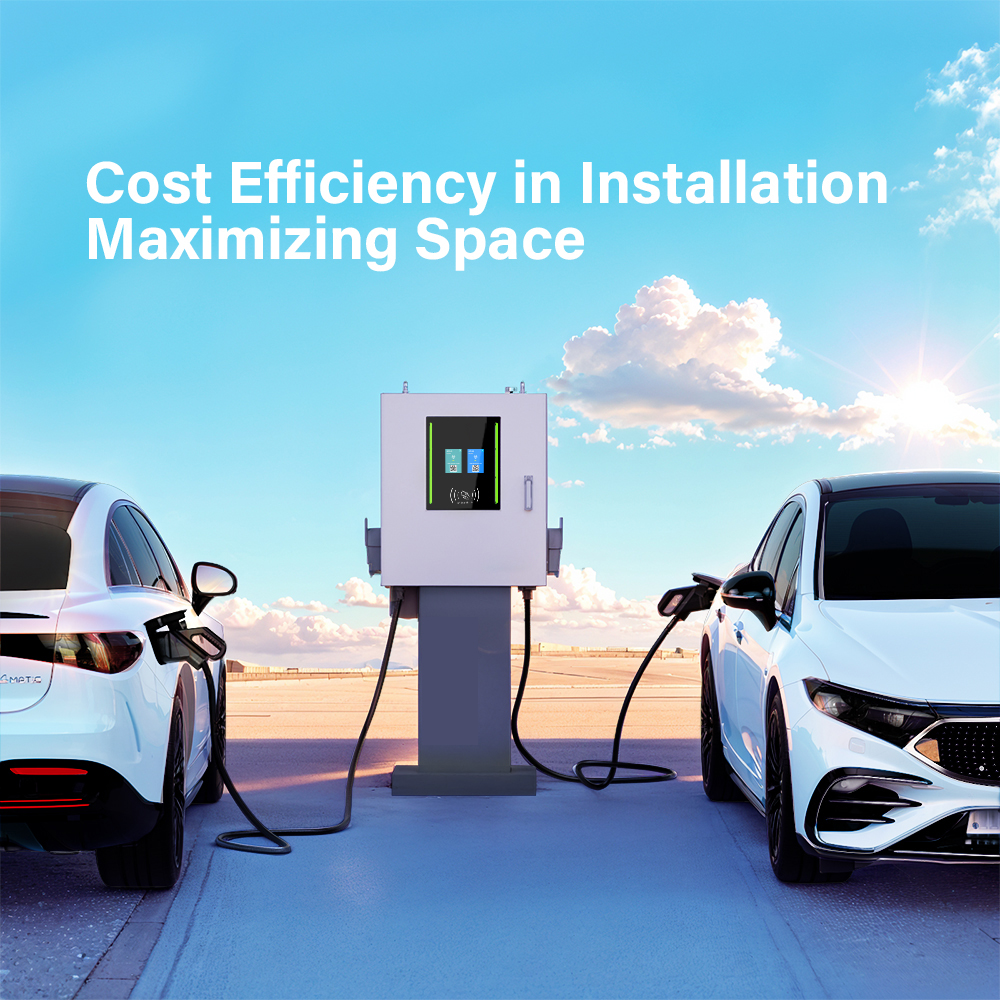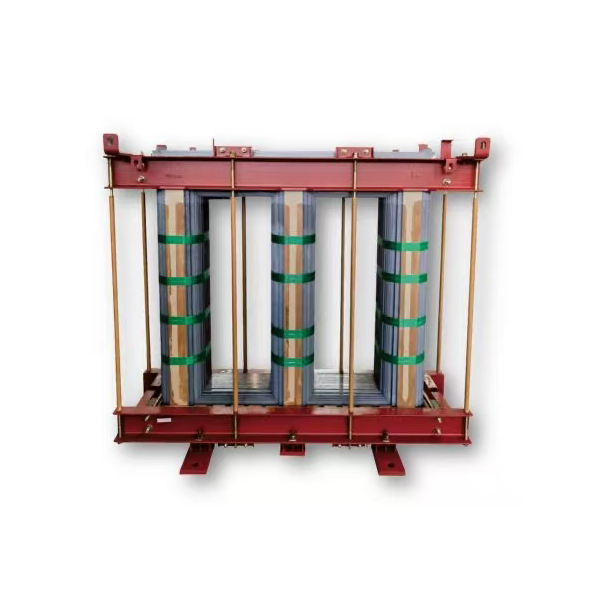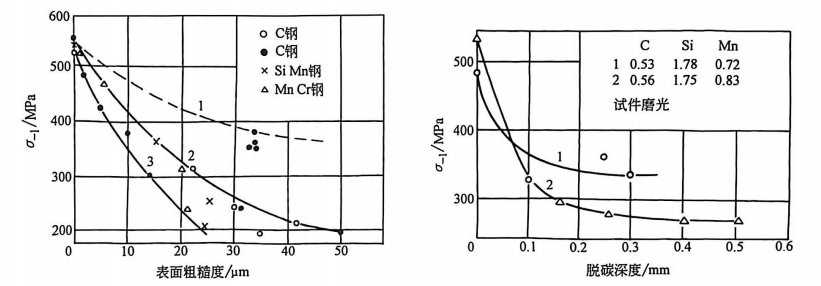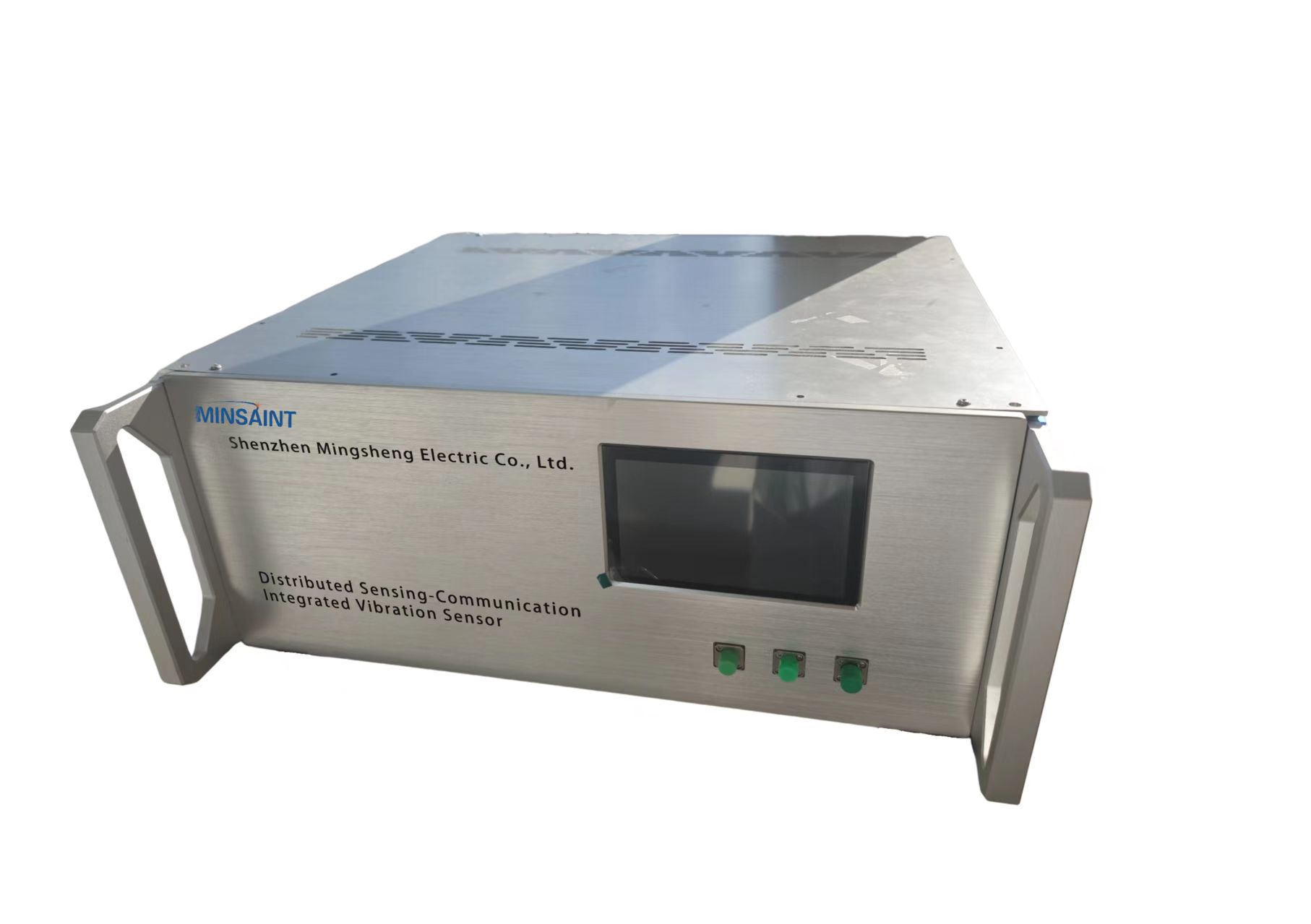With rising global energy consumption and intensifying climate change, the construction industry faces unprecedented pressure to achieve a green transformation. Buildings account for nearly 40% of global energy consumption, making energy conservation and the use of clean energy crucial to achieving carbon neutrality. In recent years, BIPV facade systems have emerged as a key solution for zero-carbon buildings, revolutionizing architectural design and energy management.
1. Features of BIPV Facade Systems
BIPV, or building-integrated photovoltaics, involves integrating photovoltaic modules directly into building facades, roofs, or windows. Unlike traditional photovoltaic systems, BIPV not only generates electricity but also fulfills essential building material functions such as insulation, waterproofing, and aesthetics. A high-efficiency BIPV facade system achieves higher power generation and lower energy consumption by optimizing photovoltaic module efficiency, architectural design integration, and system operation and maintenance.
Multifunctional Integration: BIPV facade systems not only generate photovoltaic power but also provide insulation, waterproofing, and decorative functions for building exterior walls. By optimizing materials and design, architects can achieve energy self-sufficiency while maintaining aesthetic appeal. Highly Customizable: BIPV panels can be customized in size, shape, and color to suit architectural design requirements, blending seamlessly with the building's exterior and enhancing its overall aesthetic.
Environmentally Friendly: BIPV uses renewable energy to generate electricity, reducing a building's reliance on the traditional power grid and thereby reducing carbon emissions. It is a key approach to achieving zero-carbon buildings.
Economic Benefits: While the initial investment is high, BIPV systems can significantly reduce energy costs over the long term while increasing the building's asset value.
2. Technical Advantages of BIPV in Zero-Carbon Buildings
A net-zero energy building (NZEB) is a building that achieves zero or near-zero net energy consumption year-round through efficient energy-saving design and the use of renewable energy. BIPV facade systems offer significant advantages in achieving this goal:
2.1 Strong Energy Self-Sufficiency
BIPV facade systems transform building surfaces into power generation panels, achieving localized energy self-sufficiency. For example, high-efficiency monocrystalline silicon photovoltaic panels can achieve high photovoltaic conversion efficiencies within a limited facade area, providing a stable power supply for the building. Facade BIPV systems are particularly suitable for high-rise buildings and commercial complexes, fully utilizing the building's exterior space.
2.2 Improving Building Energy Efficiency
The BIPV facade system not only generates electricity but also enhances building thermal insulation. Integrated double-glazed photovoltaic panels or translucent photovoltaic curtain walls can reduce the building's air conditioning load and lower heating and cooling energy consumption. Furthermore, solar shading panels reduce indoor exposure to sunlight, improving comfort.
2.3 Intelligence and Convenient Monitoring
Modern BIPV systems are often equipped with intelligent monitoring modules that provide real-time monitoring of power generation, power consumption, and system health, enabling operational optimization. Integration with building energy management systems (BEMS) enables precise regulation of energy usage and improves overall energy efficiency.
2.4 Deep Integration with Architectural Design
Traditional photovoltaic systems often require additional mounting brackets, detracting from the building's appearance. BIPV facade systems, however, can be integrated directly into curtain walls, roofs, and windows, achieving both aesthetic and functional benefits. For example, translucent photovoltaic glass can be used in skylights and skylights, combining natural lighting with power generation.
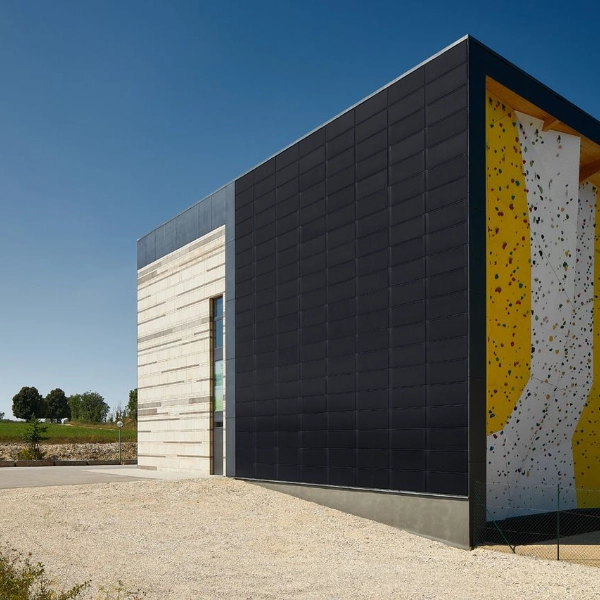
3. Key Design Points for BIPV Facade Systems
To achieve an efficient BIPV system, the following key factors must be fully considered during the design phase:
3.1 PV Module Selection
Selecting high-efficiency, multifunctional PV modules is crucial for improving system performance. High-efficiency crystalline silicon cells and thin-film cells each have their own advantages: crystalline silicon cells offer high conversion efficiency and are suitable for buildings with limited space; thin-film cells offer flexibility and can be used on curved or non-standard facades.
3.2 System Integration and Building Coordination
BIPV systems must be highly coordinated with the building structure, exterior design, and mechanical and electrical systems. Using BIM modeling allows simulation of the PV module's power generation potential, shading effects, and aesthetics during the design phase, thereby optimizing the design.
3.3 Intelligent Energy Management
Modern BIPV systems typically feature intelligent inverters, energy storage devices, and energy management systems (EMS). Real-time monitoring and load forecasting enable optimal matching of power generation, storage, and building electricity consumption, further improving energy efficiency.
3.4 Durability and Maintenance
Facade PV modules must be resistant to wind, rain, and UV rays. BIPV systems typically feature a modular design, facilitating replacement and maintenance. Self-cleaning and anti-fouling technologies also reduce long-term maintenance costs.
4. Practical Application Cases of BIPV Facade Systems
Case 1: Office Building Facade Photovoltaic
A European commercial office building project employed a BIPV facade system to replace traditional glass curtain walls. Covering the south and part of the west facades, the system generates approximately 350,000 kWh of electricity annually, meeting approximately 40% of the building's electricity needs. Furthermore, the BIPV modules provide thermal insulation, reducing air conditioning energy consumption by approximately 15%, significantly lowering operating costs.
Case 2: Zero-Carbon Residential Community
In a zero-carbon residential community project in North America, a BIPV facade system was applied to the roof and facade. The photovoltaic modules seamlessly integrate with the building's exterior, preserving the modern aesthetic. Through an intelligent energy management system, residents can generate electricity for their own use, store energy, and connect surplus power to the grid, reducing not only household energy costs but also carbon emissions.
Case 3: Public Facilities and Urban Renewal
In the renovation of a landmark public building in an Asian city, a BIPV system was used to renovate a large area of the facade. Using curved photovoltaic glass modules, the building generates its own electricity for lighting and air conditioning during the day and uses energy storage devices to generate electricity at night. This project seamlessly integrates architectural aesthetics with renewable energy, becoming a model for urban green architecture.
The BIPV facade system is not only a breakthrough in architectural design aesthetics but also a key technological tool for achieving zero-carbon buildings. Through efficient photovoltaic modules, intelligent energy management, and integrated building design, the BIPV system can effectively reduce building energy consumption, achieving a closed-loop management system of self-generation, energy storage, and optimized electricity usage. Amid the global trend toward carbon neutrality, BIPV will become a core force driving the development of green buildings and provide solid support for future sustainable urban development.
Whether in office buildings, residential communities, or public buildings, the application of the BIPV facade system demonstrates the endless possibilities of photovoltaics and architectural design. With technological advancements and policy support, zero-carbon buildings will move from concept to reality, and BIPV systems will become the backbone of urban green development.
As a professional BIPV facade system manufacturer, FGNEX is committed to providing efficient, intelligent, and aesthetically pleasing photovoltaic facade design and installation services for architectural projects. Leveraging advanced photovoltaic technology and extensive engineering experience, FGNEX is able to tailor integrated facade systems to suit different building types and client needs, achieving a perfect combination of energy conservation and emission reduction with architectural aesthetics. Whether it's a commercial complex, high-rise residential building, or public building, FGNEX offers a one-stop service from design, production, and installation, helping projects achieve zero-carbon building goals and promote green and sustainable development.
www.fgnexsolar.com
fgnexsolar

